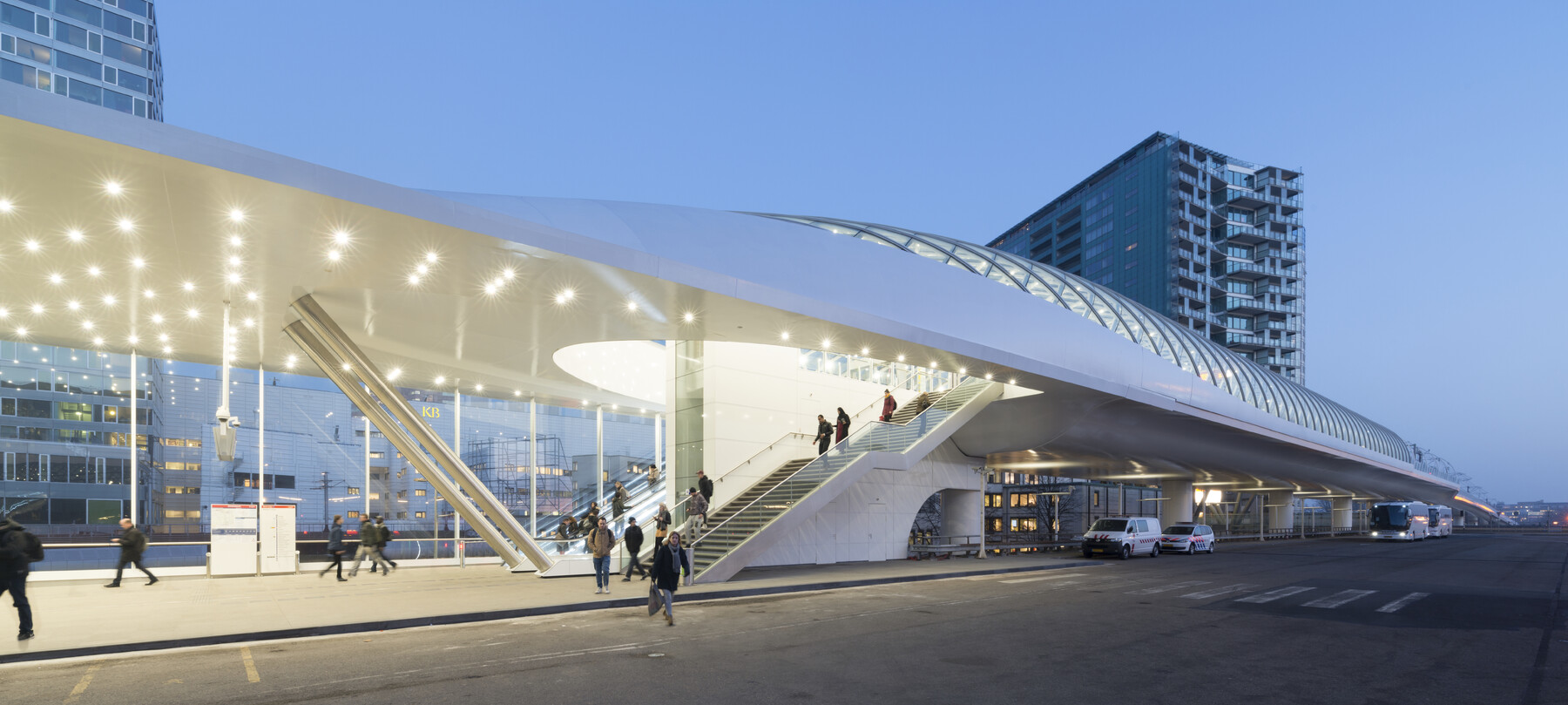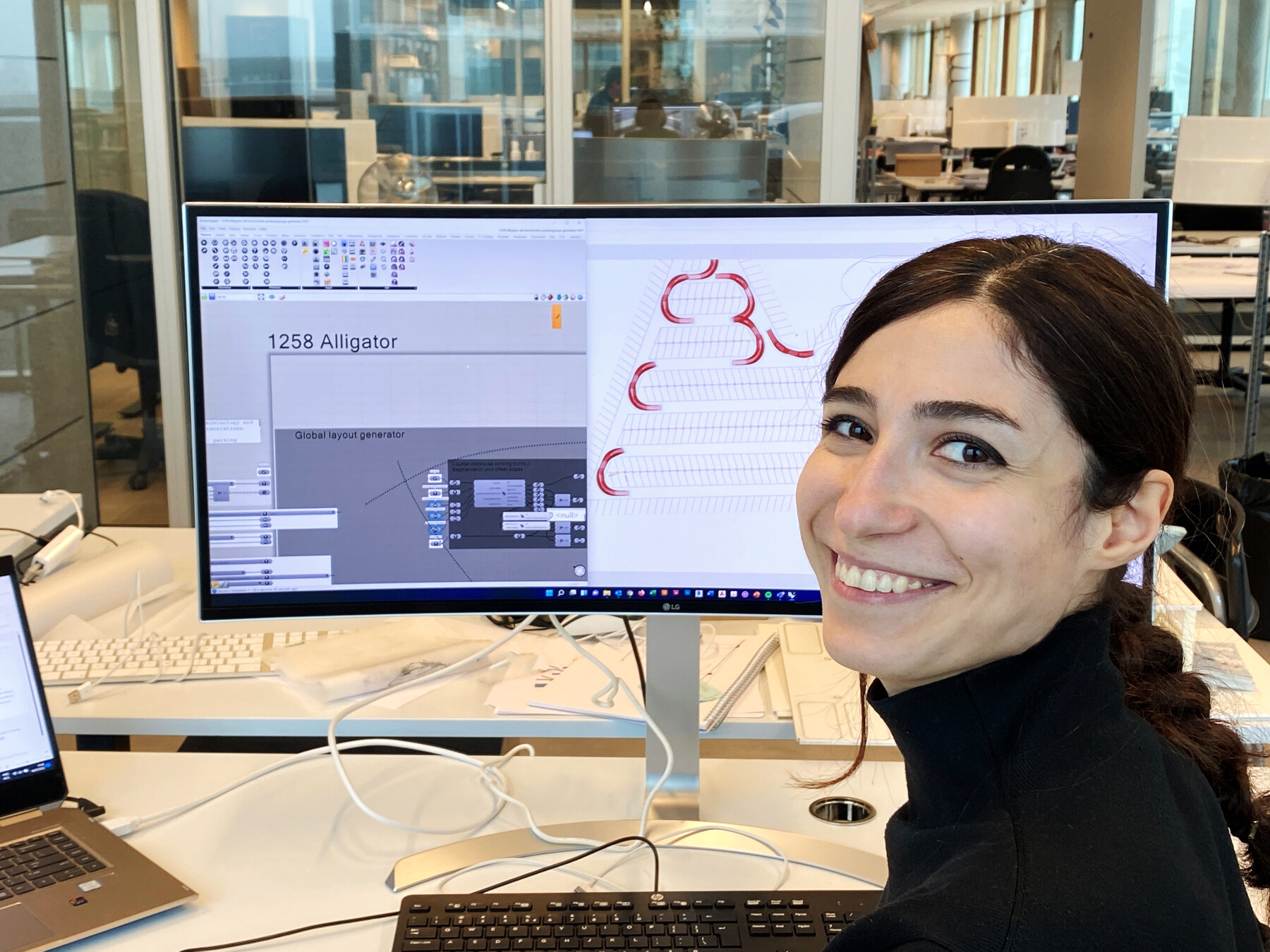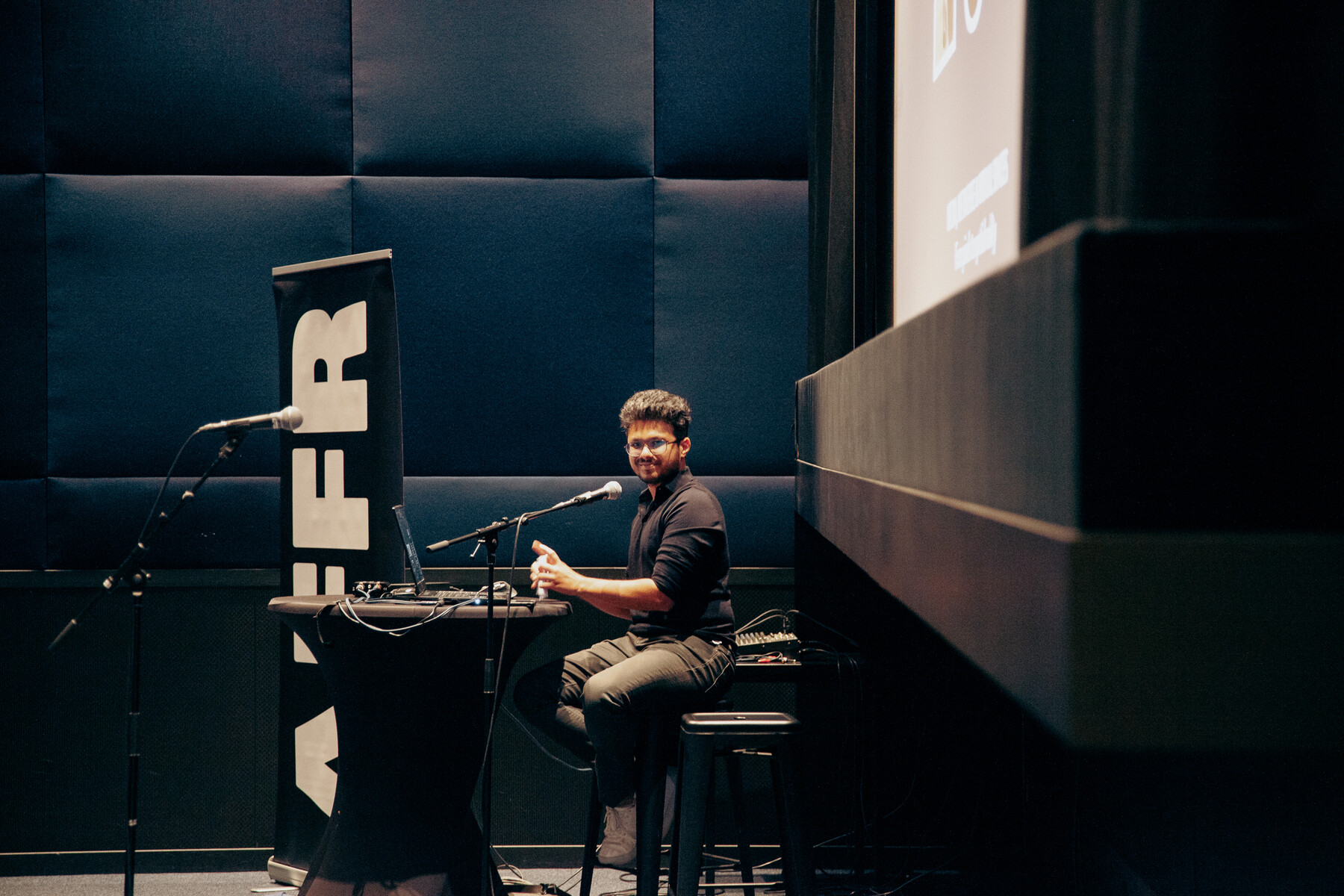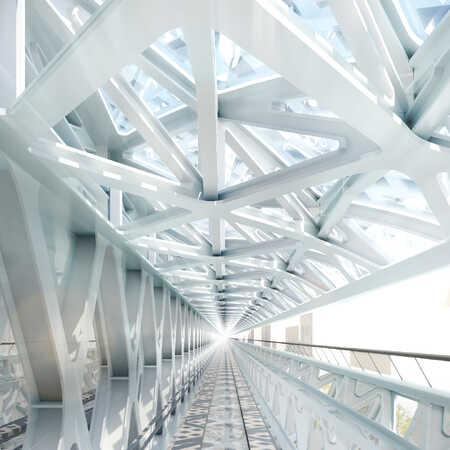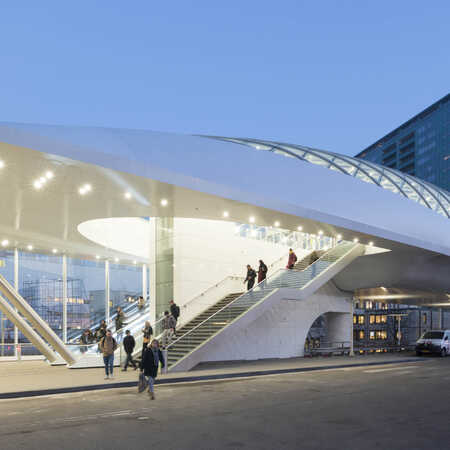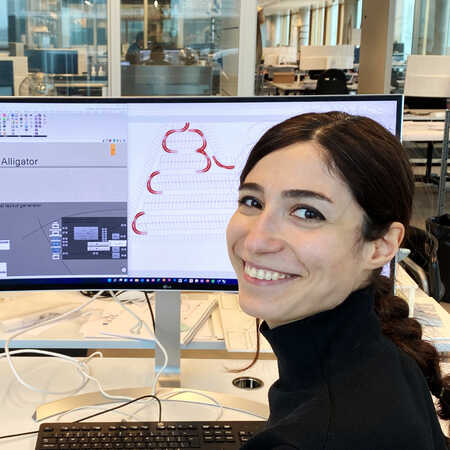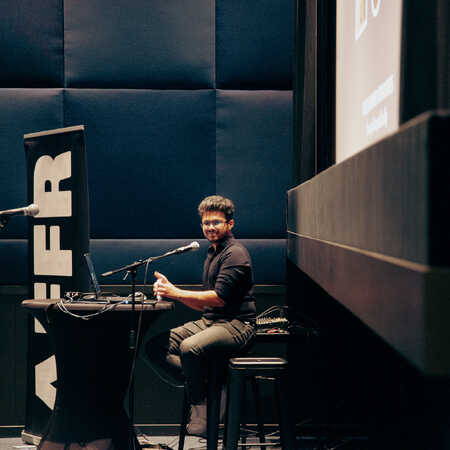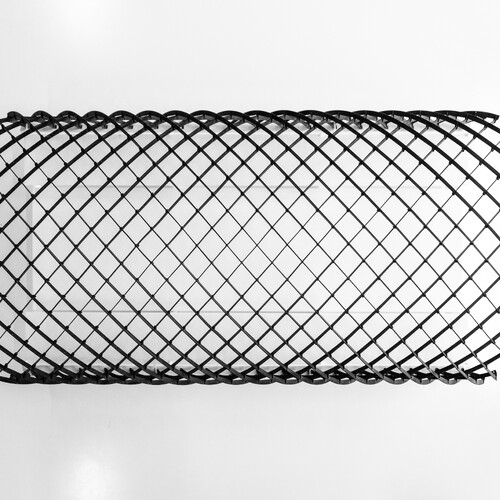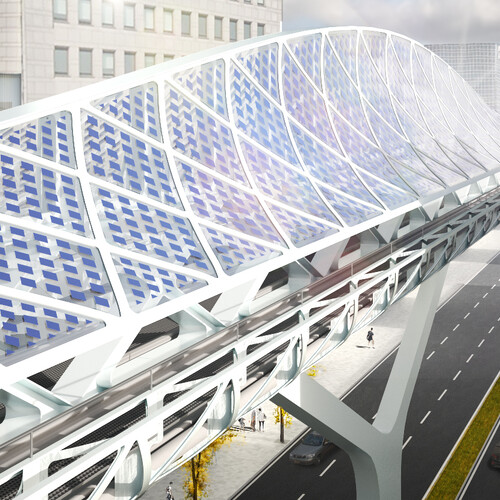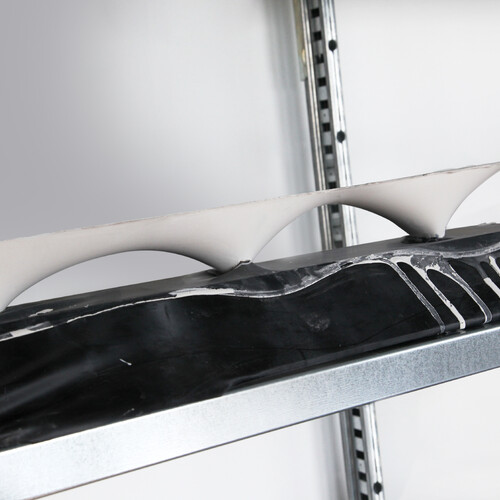Added value computational design
Computational design, including parametric design, is a design method that uses a combination of algorithms and parameters to solve design problems with advanced computer processing. That does not mean that the computer makes the design. The 'computation' is the recipe and the designer determines the ingredients and preparation method: the parameters and the algorithms.
While there is little room in a traditional design process to quickly create multiple variants, this is possible with computational design. This not only gives the designer a lot of freedom and possibilities, but also has major advantages for our clients, the builders and the people who use our projects.

